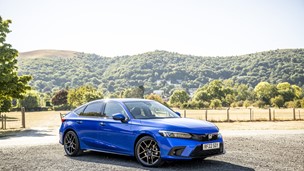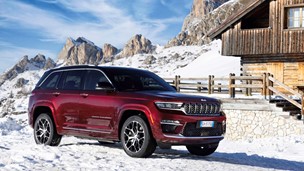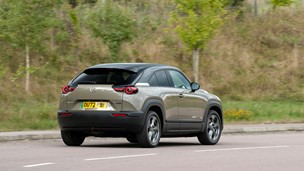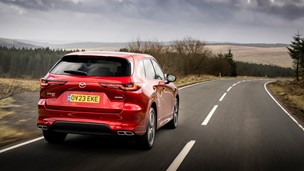You can not mistake its purpose, not even for an instant. Even when parked overnight it looks ready to leap into action. Climb aboard and you will very likely bruise your leg against the unyielding side of the Recaro seat, but it is so supportive once you are sitting in it that you forgive it that indiscretion.A sparse cabin with a notable lack of equipment signifies that this is the Cup car, not the regular Clio Renaultsport 200, and that also explains the very firm ride, which is nevertheless the way it is for a good reason - other, less sporty cars on inappropriately low-profile tyres ride nearly as badly with far less excuse.It's fairly noisy, mostly because of the boom from the twin rear exhausts. The engine itself sounds disappointingly tame for a two-litre unit producing 200bhp, though adherence to noise regulations probably has a lot to do with that. What is not in doubt is that it propels the Clio very effectively, as the sub-7 second 0-62mph time shows.Nobody, surely, would buy this car first and foremost because of its practicality, so I shall gloss over the fact that on one occasion I used it to transport a keyboard (musical, not computer) on an 80-mile round trip. I doubt this has happened before in Clio Renaultsport history, but it hardly matters. Vastly more important is how appealing the Cup is to its driver.Things do not get off to a good start when you realise that, as part of the specification-paring process which makes the Cup 36kg lighter and more than £1000 cheaper than the standard 200, Renault has made the steering wheel adjustable for height but not for reach. This is an absurd in a car so obviously driver-oriented. It is unquestionably important that the driver should be able to set the wheel in the most convenient position.The Cup has a much stiffer suspension set-up than the regular 200 (Renault having made the gap wider than it was between the previous 197 and its Cup equivalent). I was expecting a very neutral attitude, but although the tail can become quite lively when you want it to, the dominant characteristic is understeer. Quite a lot of understeer, in fact. Rather a surprising amount.I can guess what may be going on here. The first front-wheel drive race car I ever had (heavily modified but road-legal) was at its most sublimely balanced when it was fitted with the best permitted tyres on the front and - for budgetary reasons - the next best on the rear. It was completely neutral and a joy to drive. When I could afford to fit the best tyres all round, the balance deteriorated but the lap times improved.In order to make the car behave neutrally again (by making the rear slide to the same extent that it had done before), I had to hurl it into corners at speeds which would previously have sent it spinning into the countryside. It wasn't comfortable, but it worked.I'm not sure if the Renault engineers had a scenario exactly like this in mind, but it's certainly the case that the Cup behaves much better if the back end gets a chance to start moving on the way into a bend. From that point on you can balance it on the throttle, but on tight or difficult corners you will probably have emerged on to the next straight before the front tyres are in a position to deal with all the available power. Understeer is still a factor to be considered.And this is in the dry. In the wet, the Cup is a considerable handful even at very low speeds. In greasy, half-wet half-dry conditions - the ones which racing drivers like least, preferring a properly wet track - it is positively alarming. The front end can hardly turn in at all, and this has nothing to do with power because at 20mph it can understeer a full width off-line before you even think about pressing the accelerator pedal. A gentle start sets off the traction control, mild braking brings the ABS into play astonishingly quickly.Clearly, the Cup is a fairweather car, and almost as certainly it is one that can be fully enjoyed only on a race circuit. I have not done so (because this is a road test, not a track test) but one day I would like to see what happens when you really throw it into corners. I suspect it may be magnificent. As a road car, however, it is more trouble than it's worth, and there is no hot hatch I would less like to own. Engine 1998cc, 4 cylinders Power 200bhp Transmission 6-speed manual Fuel/CO2 34.4mpg / 195g/km Acceleration 0-62mph: 6.9 seconds Top speed 141mph Details correct at publication date
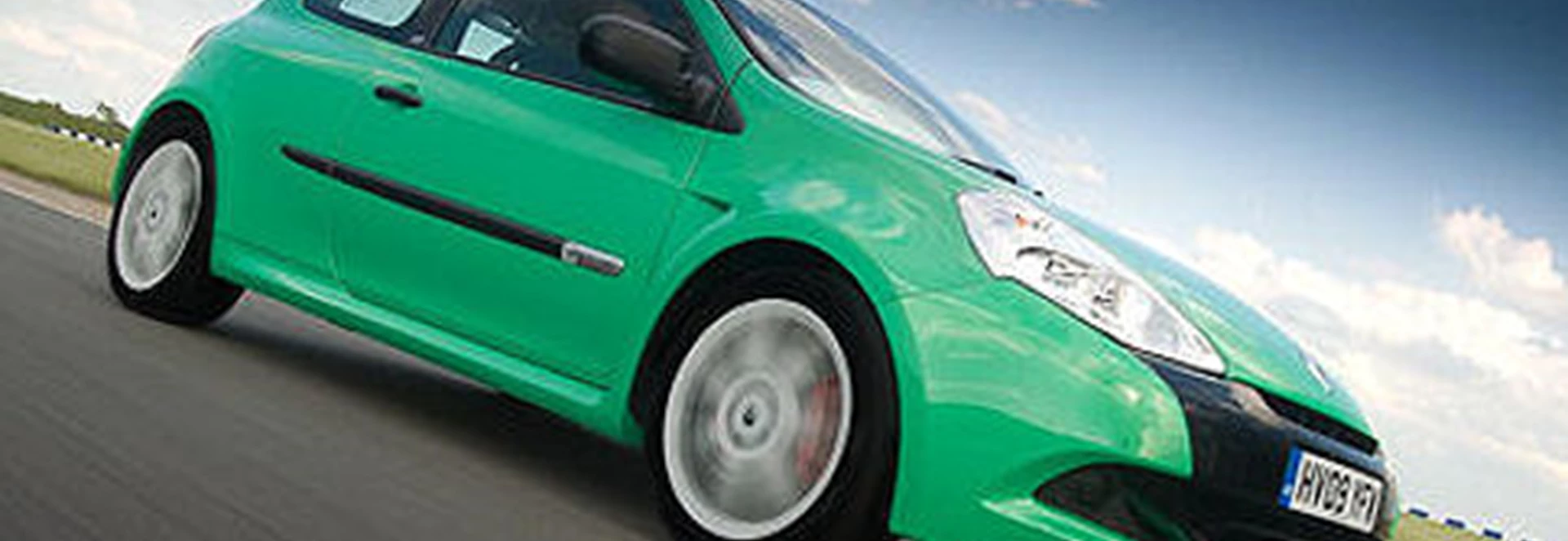
Our Rating
